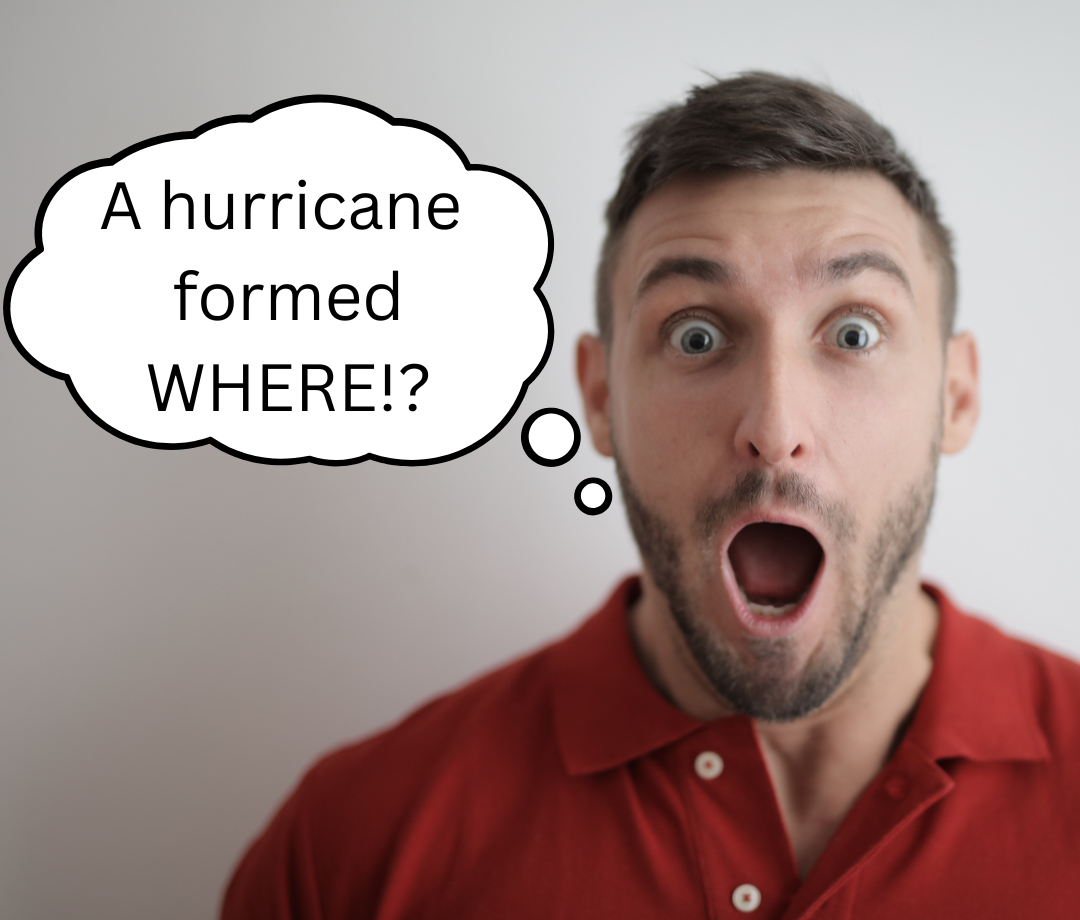How To Convert Between Celsius And Fahrenheit
One of the things that separates Canada from the rest of the world is that we use both Celsius and Fahrenheit. While this often makes us familiar with both scales, it can confuse people. Generally, we are more familiar with Celsius, having used it more frequently with weather. However, when cooking, talking with American friends and family, or watching movies and other media made in the States, we use Fahrenheit. Also, many places, this blog included, use both measurements just to be safe. This can make it advantageous to be able to transfer from one to the other quickly, so below is a guide on how to convert from one to the other.
Celsius To Fahrenheit
When converting to Fahrenheit, there is both a three-step formula to get an exact solution and a simple two-step calculation to get a basic approximation. The two-step formula is “double it and add 30” to get an approximation when transitioning from Celsius to Fahrenheit. While this can generally work if you want an estimation for everyday purposes, there is a simple-to-follow formula that can give an exact answer. When you want to change from Celsius to Fahrenheit, use the following 3-step formula
- Step 1: Multiply the temperature in Celsius by 9.
- Step 2: Divide the result by 5.
- Step 3: Add 32 to the result.
For example, let’s look at 10 C.
- 10 X 9 = 90
- 90 / 5 = 18
- 18 + 32 = 50
Now, let’s look at 20 C, which is considered common room temperature.
- 20 X 9 = 180
- 180 / 5 = 36
- 36 + 32 = 68
Finally, let’s get away from round numbers and take 37 C, which is commonly seen as being body temperature.
- 37 X 9 = 333
- 333 / 5 = 66.6
- 66.6 + 32 = 98.6, which can be rounded down to 98 or up to 99 if you wish.
We also have a Celsius to Fahrenheit calculator. That you can use here.
Fahrenheit To Celsius
Similarly to converting Celsius to Fahrenheit, two ways can be used to convert Fahrenheit to Celsius. You can subtract 30 and then divide the result by two to get an approximate answer, or you can follow the three-step calculation listed above, except in reverse to get an exact answer. To convert Fahrenheit to Celsius, you simply:
- Subtract 32
- Multiply by five
- Divide by 9
For example, let’s take the boiling point of water, which in Celsius is 212 F.
- 212-32 = 180
- 180 X 5 = 900
- 900 / 9 = 100
We also have a Fahrenheit to Celsius calculator that you can use.
Is There A Temperature Where Celsius And Fahrenheit Are The Same?
Yes. -40 C and – 40 F are the same temperature. This is the only point where both values are the same.
The History Of Celsius
In 1742, Swedish Astronomer Andres Celsius created the first draft of the scale that would later be named after him. The difference between the original system and the one that would be used later is that it was reversed. 0 degrees, instead of being the freezing point of water, was the boiling point. Instead, 100 degrees was where the original freezing point was.
A year later, French physicist Jean-Pierre Christin reversed the system and came up with the idea of using Mercury in a thermometer.
Celsius is also commonly referred to a “centigrade”, although this does cause confusion from French and Spanish speakers, as in those languages, “centigrade” refers to a percentage of a right angle. For example, 30 centigrade means 30% of a right angle in French and Spanish. Due to this, the term Celsius has become more and more common since the nineteenth century, becoming official in international meetings in 1948.
The History Of Fahrenheit
Like Celsius, Fahrenheit was also created in the 1700s (18th century) and was named after its creator. It was created by Daniel Gabriel Fahrenheit, who was born in Poland soon after his family left Germany. Zero was defined as the temperature where a solution he made that was a combination of water and ammonium chloride (salt) froze. It should be noted that although he was originally correct in the fact that freezing was 32 degrees, and the melting point of water was 212, he incorrectly stated that body temperature was 90 degrees.
The Logic Behind Celsius
As you would expect from the most commonly used temperature scale in the world, there are some commonly sighted pros to using Celsius. Many of them are listed below:
- Many of the most common temperatures are round numbers, and as a result, are easy to remember. For example, freezing is 0 C, water boils at 100 C and room temperature is 20 C. By comparison, the Fahrenheit equivalents are 32 F for freezing, 212 F for boiling water, and 68 F for room temperature.
- It more easily converts to Kelvin, always being 273 degrees more than Kelvin.
- More people in the world are familiar with Celsius.
The Logic Behind Fahrenheit
Despite Celsius being more common and more straightforward, Fahrenheit does have some advantages over its more common cousin.
- A smaller amount between each degree allows for more precise measurements.
- The coldest temperatures commonly seen in many parts of America, Canada and Europe tend to be around 0 F, and the hottest temperatures commonly seen in many of the same places tend to be around 100 F, making it an intuitive way to measure every day temperatures.
Which Countries Use Celsius?
Celsius is by far the most commonly used temperature scale in the world, although it is still not used in America and a few much smaller places. All of North and Central America with the exception of the USA and a few small island nations, all of Europe with the exception of a few small British colonies, as well as all of South America, Aisa, Africa and Oceana use Celsius.
Which Countries Use Fahrenheit And Why?
There are a few places that still use Fahrenheit. They are as follows:
- The United States, including its unincorporated territories such as Puerto Rico
- Antigua and Barbuda
- Saint Kitts and Nevis
- The Bahamas
- Belize
- The British Virgin Islands
- Montserrat
- Anguilla
Why Did Canada Switch From Fahrenheit To Celsius
In the 1970s, then-Canadian Prime Minister Pierre Elliot Trudeau had Canada change from using the Imperial units used by Americans to the more widely used metric system, which included switching from Fahrenheit to Celsius.
This change included a change from Fahrenheit to Celsius, which took place officially on April 1st 1975. You can only imagine what it must have felt like for those not following the news closely enough to know about the change. They would wake up on April fools’ day and hear what seemed like wildly inaccurate temperature measurements outside. Climatologist Dave Phillips spoke about it, saying “We were the guinea pig.”
Why Canada Uses Both Celsius And Fahrenheit
Despite Celsius still being the official temperature measurement in use in Canada, there are still situations where Fahrenheit is used. Some of the reasons for this are as follows:
- Many items used in Canada, mostly cooking appliances such as ovens, are manufactured in the States, which still uses Fahrenheit.
- Fahrenheit is still in common use when communicating with the states.
- Many people who were adults when the change was made still use Fahrenheit out of habit.
- Due to their proximity to America, many companies use both to appeal to people in both countries.



